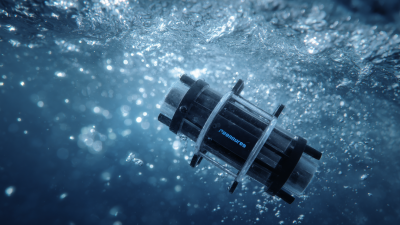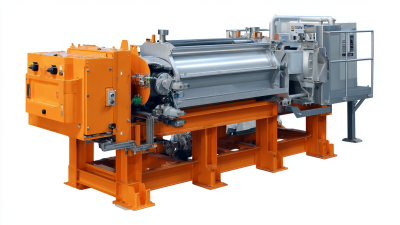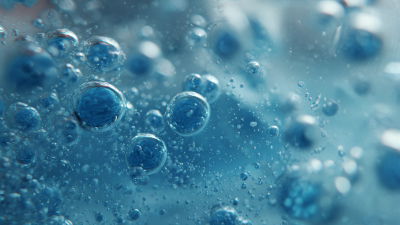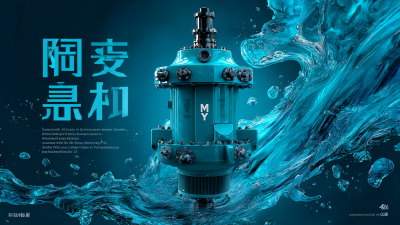 +86 13600513715
+86 13600513715



In the quest for enhanced efficiency and effectiveness in water treatment processes, the emergence of Pp Tube Settler technology has revolutionized the industry. This innovative method, designed to optimize sedimentation and clarify water more rapidly, stands as a hallmark of modern water treatment solutions. By implementing Pp Tube Settler technology, facilities can significantly improve their operational performance while reducing costs and environmental impact.
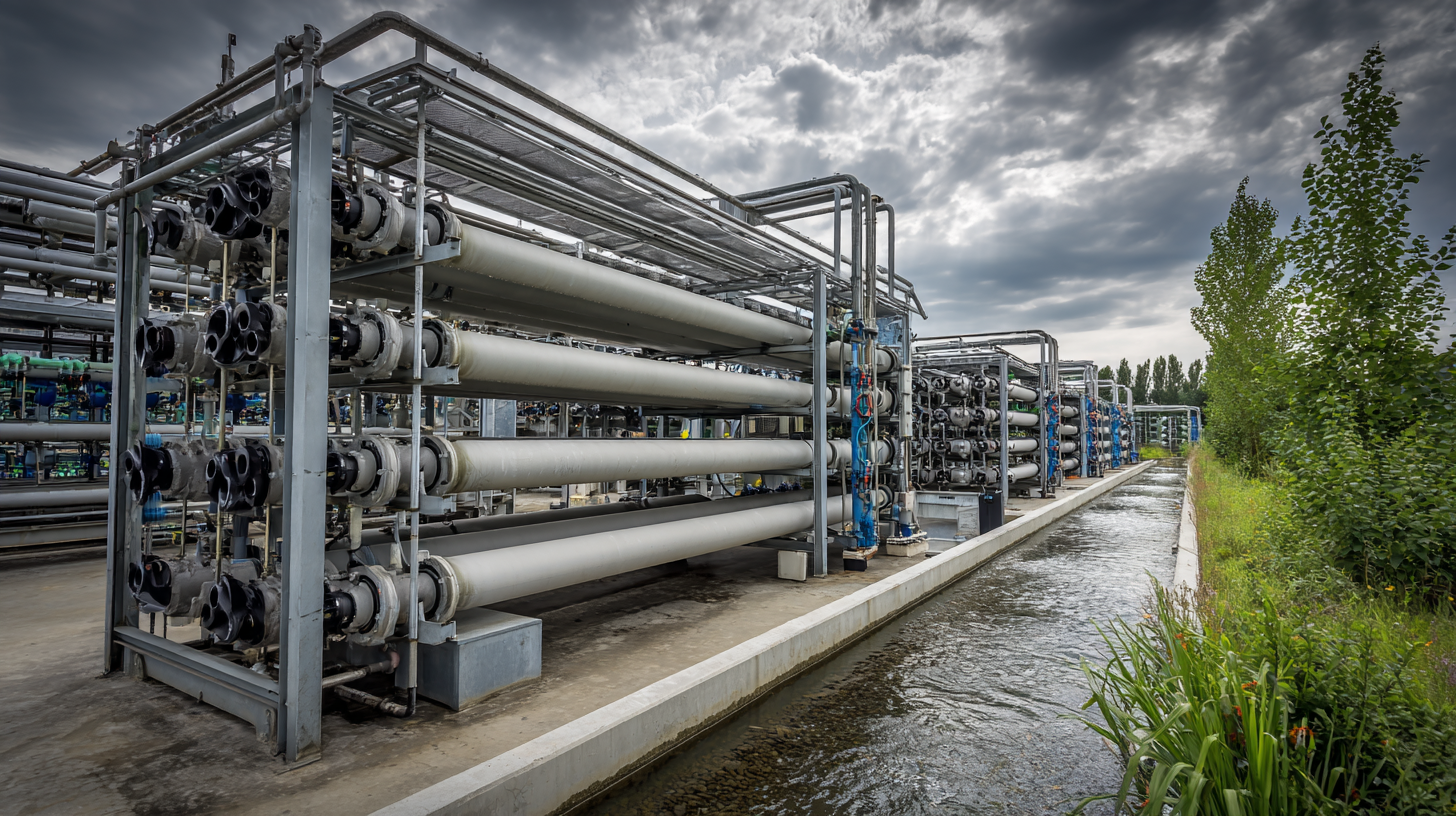
In this article, we will explore various strategies and practical tips on how to leverage Pp Tube Settler systems to maximize the efficiency of your water treatment processes. Whether you're looking to minimize waste, enhance filtration rates, or boost overall productivity, understanding the capabilities and applications of Pp Tube Settler technology is crucial for any water treatment professional aiming to stay ahead in an increasingly competitive landscape.
Pp tube settler technology has emerged as a pivotal solution in optimizing water treatment processes. This innovative system utilizes a series of inclined tubes to effectively enhance sedimentation. By promoting laminar flow and reducing turbulence, these tube settlers facilitate the efficient separation of solids from liquids. This method not only increases the settling area but also allows for a compact design, making it ideal for facilities with space constraints.
Understanding the mechanics behind pp tube settler technology is essential for implementing it effectively in water treatment applications. The design encourages the rapid settling of suspended particles, leading to higher clarity in the effluent. Additionally, the technology minimizes the footprint of traditional sedimentation systems, thereby reducing costs related to construction and maintenance. By integrating this technology, water treatment facilities can significantly enhance their performance, ensuring compliance with increasingly stringent water quality standards while maintaining operational efficiency.
| Parameter | Value | Unit |
|---|---|---|
| Influent Flow Rate | 500 | m³/h |
| Sedimentation Efficiency | 85 | % |
| Tube Settler Length | 2 | m |
| Tube Settler Width | 1 | m |
| Operating Temperature | 23 | °C |
| Total Suspended Solids | 400 | mg/L |
| Retention Time | 2 | h |
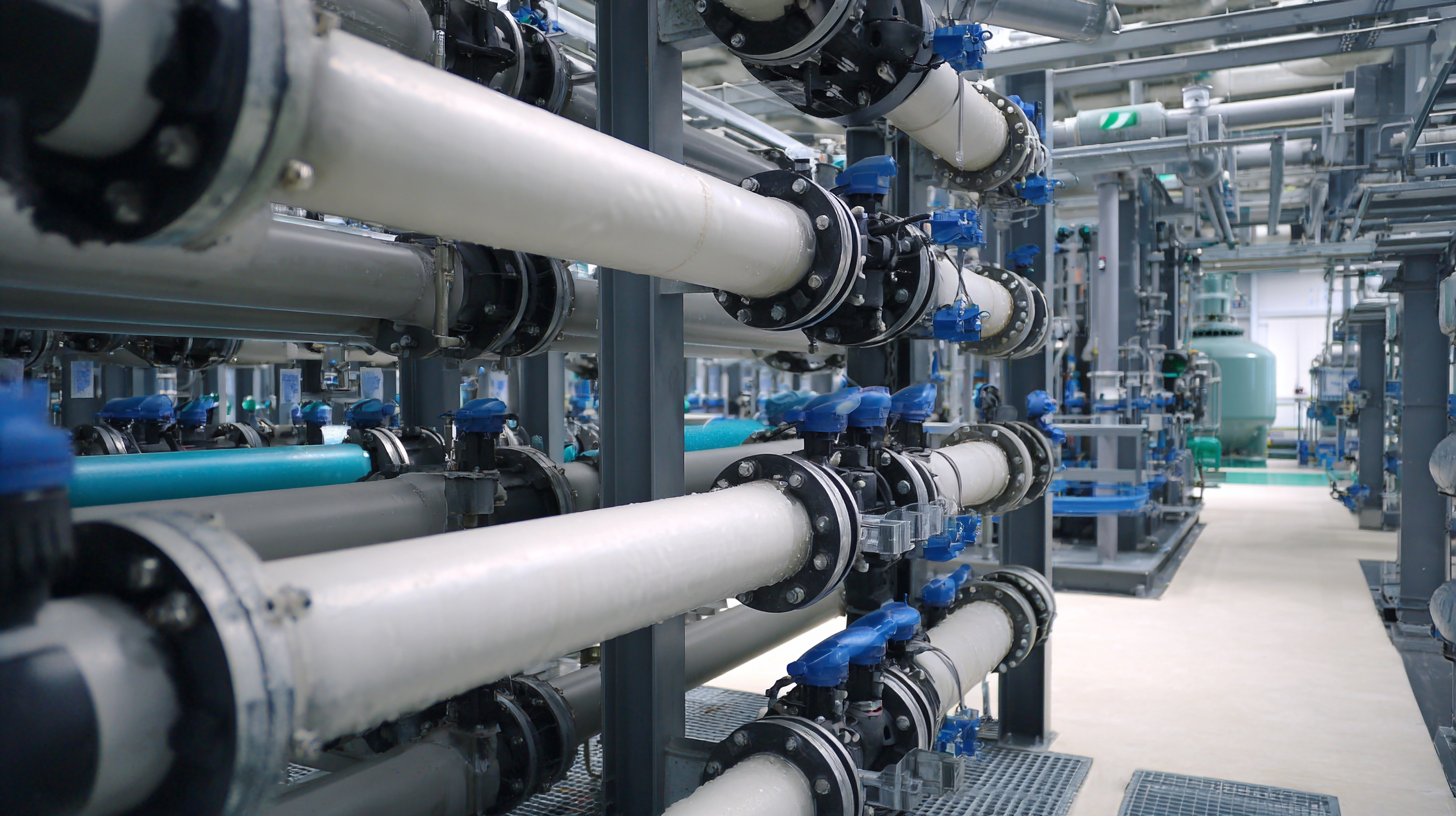 PP tube settlers are revolutionizing water treatment processes by enhancing water clarity through efficient sedimentation. These systems utilize inclined tubes to encourage the settling of suspended particles, significantly improving the efficacy of water treatment facilities. By minimizing the footprint and operational costs associated with traditional sedimentation methods, pp tube settlers offer an innovative solution that not only boosts clarity but also increases overall treatment capacity.
PP tube settlers are revolutionizing water treatment processes by enhancing water clarity through efficient sedimentation. These systems utilize inclined tubes to encourage the settling of suspended particles, significantly improving the efficacy of water treatment facilities. By minimizing the footprint and operational costs associated with traditional sedimentation methods, pp tube settlers offer an innovative solution that not only boosts clarity but also increases overall treatment capacity.
The key benefits of utilizing pp tube settlers extend beyond merely enhancing aesthetics; they also play a crucial role in maintaining water quality amidst varying supply-water conditions. Changes in source water quality can lead to destabilization in distribution systems, impacting the integrity of pipes and the presence of biofilms. By effectively removing particulates and organic matter, pp tube settlers can mitigate these risks, ensuring that drinking water remains safe and palatable. As regulatory landscapes evolve toward operational strategies that emphasize proactive management of water quality, the adoption of such technologies becomes imperative for sustainable water treatment practices.
Implementing PP tube settler systems can significantly enhance the efficiency of water treatment processes. According to a report by the Water Environment Federation, tube settlers can improve settling efficiency by up to 50%, leading to reduced footprint requirements and operational costs. These systems utilize gravity to encourage the rapid settling of particles, therefore providing a more compact and economical solution for water treatment facilities facing space constraints.
When integrating PP tube settler technology, it’s crucial to adhere to best practices, such as ensuring optimal influent quality and maintaining proper hydraulic loading rates. The American Water Works Association highlights that a hydraulic loading rate of 1-3 m³/m²·h is ideal for maximizing removal efficiency while minimizing turbidity levels. Regular maintenance and monitoring also play a pivotal role in sustaining the performance of tube settler systems. Operators should implement routine inspections and cleaning schedules to prevent biofouling and blockage, which can otherwise diminish the system's effectiveness over time. Adopting these best practices not only enhances the reliability of water treatment operations but also contributes to the broader goals of sustainable water resource management.
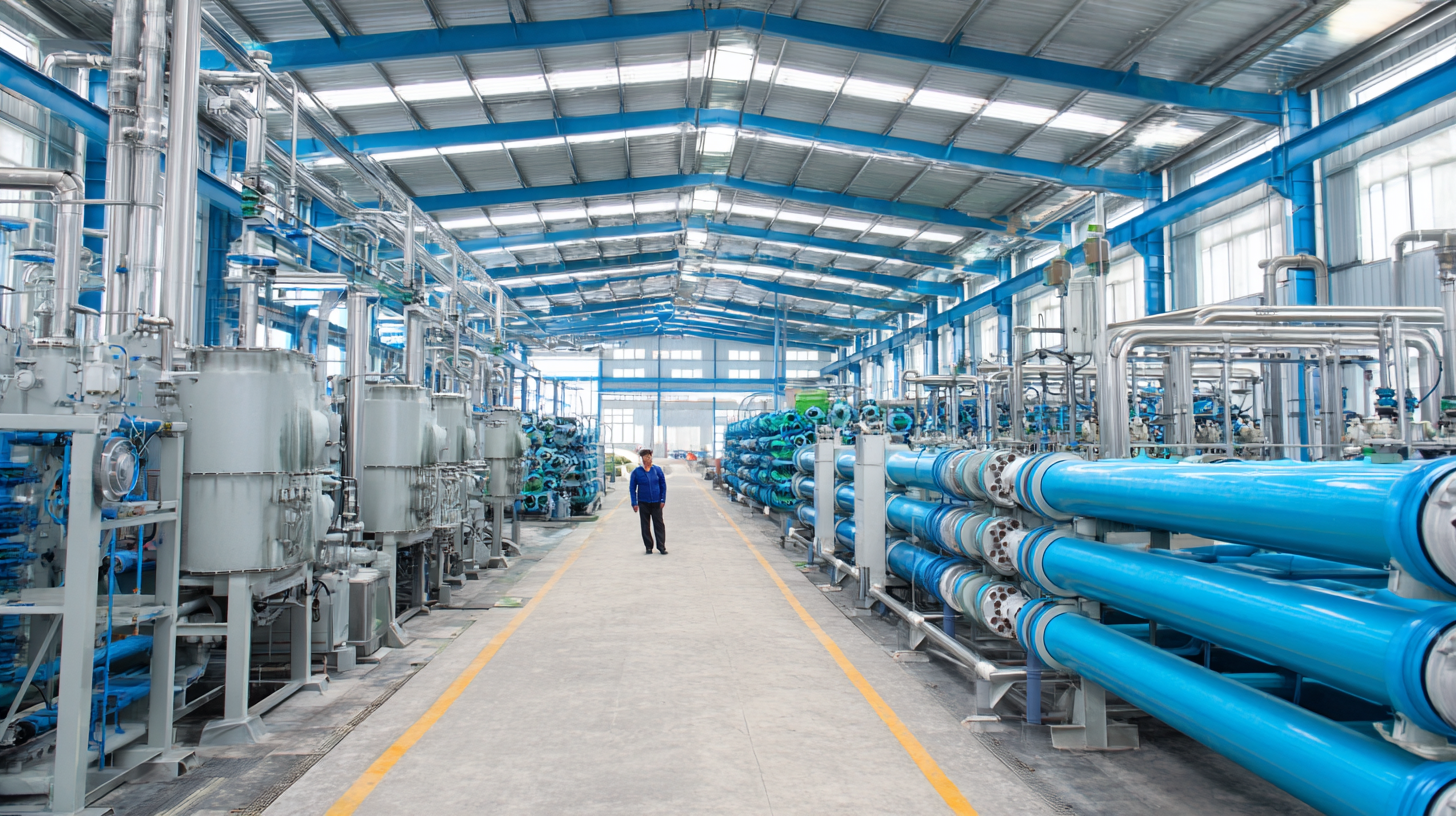
Tube settler technology has emerged as a key solution for enhancing water treatment processes, but several challenges persist in its application. One of the primary issues is the potential for sedimentation inefficiencies, particularly in systems with varying flow rates. According to a report by the Water Environment Research Foundation, settling efficiencies can drop by up to 30% under fluctuating hydraulic conditions. To mitigate this, incorporating adjustable flow control mechanisms and optimizing the design of the tube settler can significantly enhance sedimentation performance.
Another common challenge is the maintenance and cleaning of tube settlers, as biofouling can lead to reduced efficiency and increased operational costs. A study published in the Journal of Water Process Engineering highlights that regular maintenance can reduce the risk of biofouling by 40% when combined with the use of appropriate chemical treatments. Implementing a routine maintenance schedule in conjunction with advanced monitoring technologies can ensure that tube settlers operate at peak efficiency, thus improving overall water quality and reducing treatment costs.
The effectiveness of PP tube settlers in water treatment processes can be measured through various performance indicators such as sedimentation efficiency, space utilization, and operational cost savings. Tube settlers facilitate the separation of suspended solids from water, significantly enhancing the sedimentation process. When evaluating their effectiveness, one key metric is the degree to which these settlers reduce turbidity. A lower turbidity level indicates a more efficient removal of particles, leading to cleaner treated water.
Additionally, the design and configuration of PP tube settlers can greatly influence their performance. For instance, the angle and spacing of the tubes affect the flow dynamics and sedimentation rates. Monitoring these parameters helps optimize the system’s design for specific applications, thus improving overall treatment efficiency. Regular assessments of operational costs, coupled with measurements of effluent quality, provide a comprehensive understanding of how PP tube settlers contribute to a more effective water treatment process. Implementing these insights can guide facility operators in making informed decisions, ensuring they achieve the best results in water treatment.
